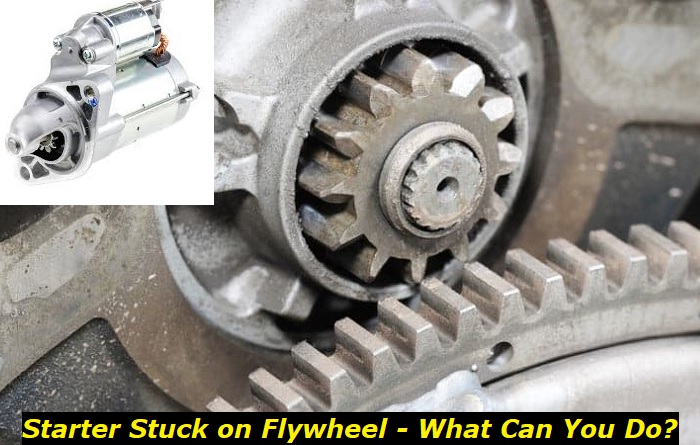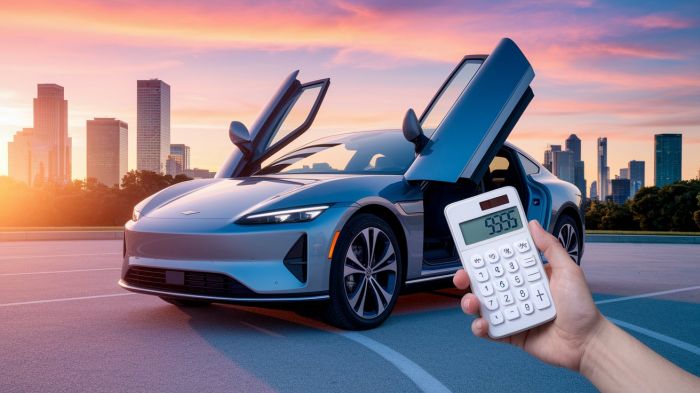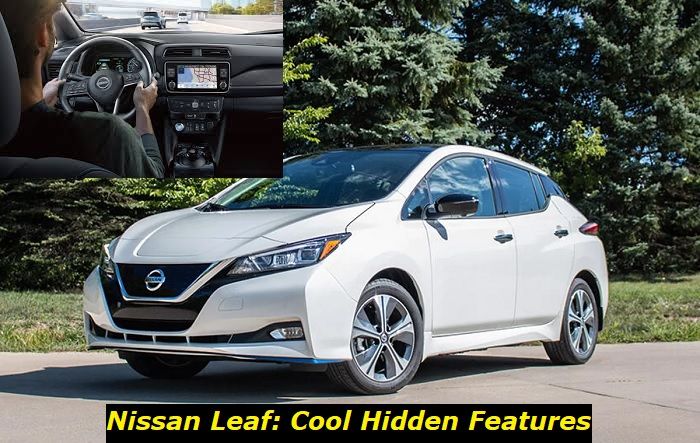Every car owner learns to develop an ear for their car. You know when it sounds normal, and when it sounds like there's an impending problem, even if no one else can hear it. But what does it mean when you hear an odd buzzing sound after starting your engine?
Starter motor problems highlights
- Level of urgency:Medium
- Can you drive?Yes, if it starts
- DIY inspection:Possible but complicated
- DIY repair:Impossible
- Price for repair:$300 - $650
- Common Reasons:Internal problems, gear issues, flywheel problems, mount problems
- Ways to fix:Have it repaired by a professional

Why is the Starter Stuck on the Flywheel? Common Causes
The starter is designed to do what its name says, to start the car. It does this by turning the flywheel enough to crank the engine. Once the engine cranks, the starter is no longer needed, so the starter gear is retracted by the starter solenoid.
The first step to solving this problem is understanding where it originates from. The most common cause is electrical or mechanical faults that keep the solenoid from actuating. However, there are other points the problem can originate from. Here are some of the more common reasons why your starter is stuck on the flywheel.
1) Faulty Starter Solenoid
After turning the ignition, the starter solenoid is the next step in starting the car. It is mounted on the starter motor and actuates the pinion to engage with the flywheel. Solenoid problems are often the cause of the starter getting stuck on the flywheel. There are two main types of problems the solenoid can develop that might stop the pinion from retracting fully.
- Electrical problems - The solenoid requires a large amount of current, which is why the lights and radio in your car might dim when you start the car. This large current can cause the solenoid wiring to burn out or short circuit. When this happens, the solenoid might remain energized, leaving the starter in contact with the flywheel.
- Mechanical problems - The solenoid uses a lever to push the starter to engage with the flywheel. There is also a mechanical spring that causes the starter to retract when the solenoid is no longer energized. These mechanical parts can wear down and fail with time. They can also get jammed or stuck when dirt, grease, and grit get on them.
2) Damaged Starter Pinion
The starter pinion is the part of the starter assembly that actually contacts the flywheel. The pinion is moved by the solenoid to contact the flywheel and transfer energy to it. There are a few different problems that can develop with the pinion that will stop it from retracting, keeping it stuck on the flywheel.
- Dirt - The pinion can get jammed if the shaft gets dirty. Grit, mud, and other contaminants can get on the pinion shaft and keep it from retracting fully.
- Damaged Teeth - If the pinion gears are damaged, they can develop burrs that will catch on to the starter ring. This would keep the starter from being able to retract.
- Lack of lubrication - The starter assembly has many moving parts. They come from the factory lubricated, but after years of use, this lubrication can wear away. A poorly oiled pinion shaft could prevent it from being able to retract into the starter assembly.
Why is the Starter Stuck on the Flywheel? - Less Common Causes
If the reasons above haven't exposed the cause of your stuck starter, then you'll be interested in exploring every option. Here are some less common reasons why your starter might be stuck in the flywheel.
- Damaged Flywheel
The flywheel has a ring of teeth on its outer circumference, known as the starter ring. The starter ring meshes with the starter pinion. If the teeth on the starter ring are sufficiently damaged, they can develop burrs that will catch the starter pinion and keep it from retracting.
- Misalignment
The alignment of the starter and the flywheel is very important. Whenever the starter is replaced, care must be taken to use a starter of the same type. If the wrong starter is used, there is a chance that the full retraction of the starter might keep it in contact with the flywheel.
- Faulty Bendix Drive
Before the 1970s, the starter pinion was retracted through the mechanical action of a Bendix Drive located inside the pinion. When the flywheel moved fast enough, the Bendix drive would cause the pinion to retract and pull away from the flywheel.
If your car is old enough to have one, then any damage to the drive, like corrosion, will cause the Bendix drive to fail, and the starter won't pull away from the flywheel.
What Can You Do About This?
Once you've identified the cause of your stuck starter, you'll need to know what steps to take to fix the problem. The sooner you can get the starter free, the sooner you'll be back on the road with no worries.
Here is what you can do about the common problems that cause your starter to get stuck on the flywheel.
1) Inspect the Starter Solenoid
In modern cars, this is the most common cause of the issue. You will need to remove the starter solenoid to inspect it for damage. The starter solenoid is mounted on the starter motor, so you will have to remove them together.
The location of your car's starter depends on the make and model. To remove it you'll need to follow the directions in your car's manual. You can also find the solenoid by following the positive lead from your car's battery. It will always lead you to the starter.
Once you have removed the solenoid, there are some signs to look for.
- Look for visual evidence of a short circuit. You'll be looking for burn marks near the wiring.
- Inspect the solenoid for signs of physical damage like a cracked or dented housing.
- Inspect the solenoid wiring for damage and loose connectors.
- You can open the solenoid to inspect for dirt or grease that might be clogging the internal mechanisms.
- Check whether the moving parts are adequately lubricated.
If the solenoid is undamaged, but the internals are dirty or jammed with grease, then you can clean it down. Lubricate the mechanical parts before reinstalling.
If you see any signs of damage, then you will need to replace the starter solenoid. While you can remove the starter solenoid without the starter motor in most cars, it is recommended that you replace both if you're going to replace one. This is because damage to the solenoid indicates that the starter could also be damaged or close to failure.
2) Check the Starter Pinion for Damage
To check the starter for signs of damage, you will need to check for the following.
- Inspect the pinion for a warped shape or cracked teeth.
- Check to see if the pinion is loose in the starter motor. A loose starter pinion might not engage the flywheel and may even cause damage to the flywheel.
- Check the alignment of the pinion and the starter. Make sure that the starter doesn't touch the flywheel when it is fully retracted. If you are in doubt, you can search for the part number for your car's starter online to make sure you have the right one. If you have an unsuitable starter, then it will need to be replaced.
- Check for lubrication on the pinion shaft. Lubricate the shaft if necessary.
If you've noticed signs of damage in the starter pinion, you will need to replace it. The best move is to replace it promptly to avoid further damage to the flywheel.
3) Check the Flywheel for Damage
Inspect the starter ring of the flywheel for broken or worn teeth. If the teeth are damaged enough, it can cause the pinion gear to remain engaged with the flywheel. A damaged flywheel can also cause damage to the pinion gear.
This is easily resolved by replacing the damaged starter ring with a new one. If the starter pinion has been damaged by the worn starter ring, then you will want to consider changing that at the same time.
Conclusion
When you hear a buzzing noise from your engine, it's a sign that your starter is stuck on the flywheel. This causes the flywheel to spin the starter motor and can result in a damaged starter motor. The problem is usually caused by an issue with the starter.
Checking the starter solenoid, motor, and pinion gear will often reveal the origin of your troubles. It's also worth giving the flywheel a look, as burrs on the teeth can catch the pinion gear.
About the authors
The CarAraC research team is composed of seasoned auto mechanics and automotive industry professionals, including individuals with advanced degrees and certifications in their field. Our team members boast prestigious credentials, reflecting their extensive knowledge and skills. These qualifications include: IMI: Institute of the Motor Industry, ASE-Certified Master Automobile Technicians; Coventry University, Graduate of MA in Automotive Journalism; Politecnico di Torino, Italy, MS Automotive Engineering; Ss. Cyril and Methodius University in Skopje, Mechanical University in Skopje; TOC Automotive College; DHA Suffa University, Department of Mechanical Engineering






Add comment